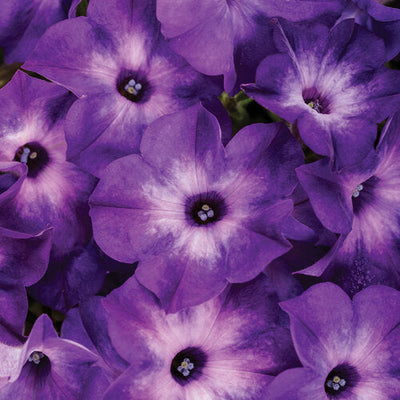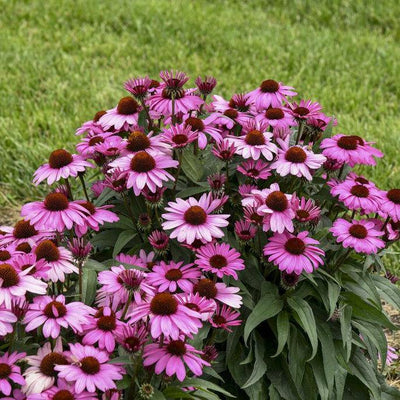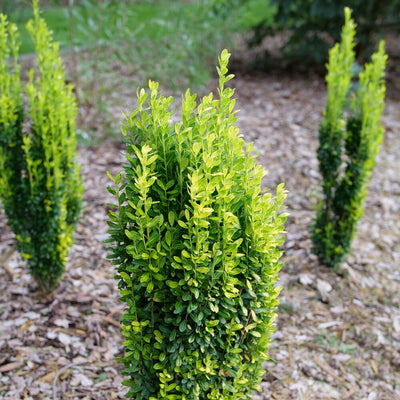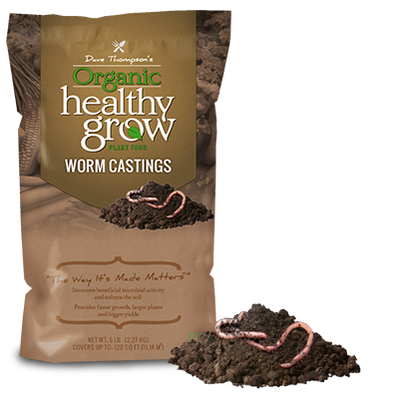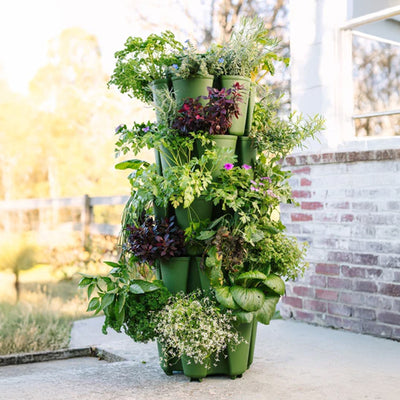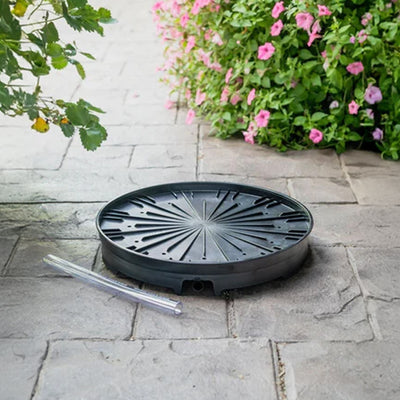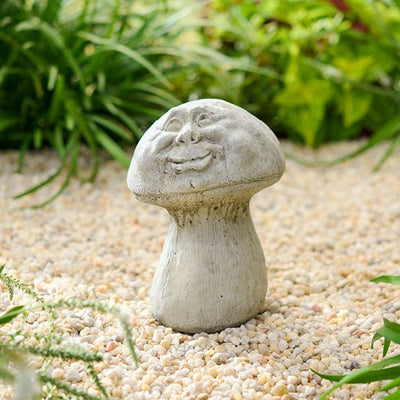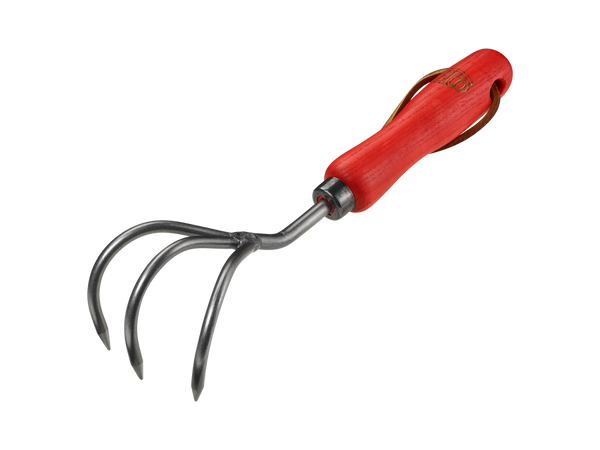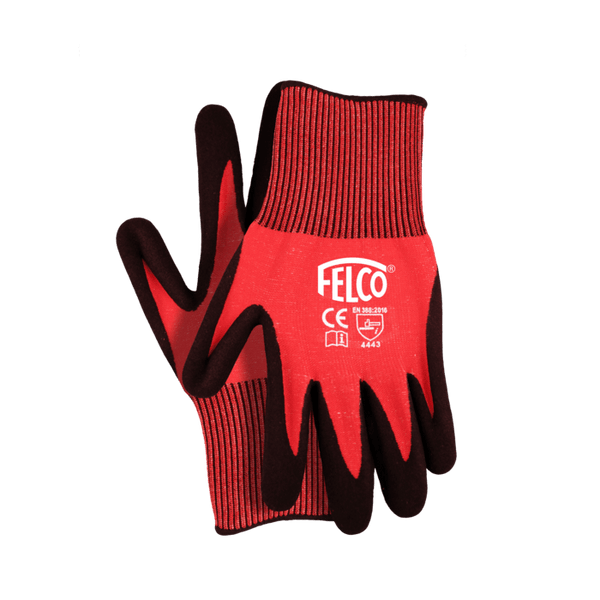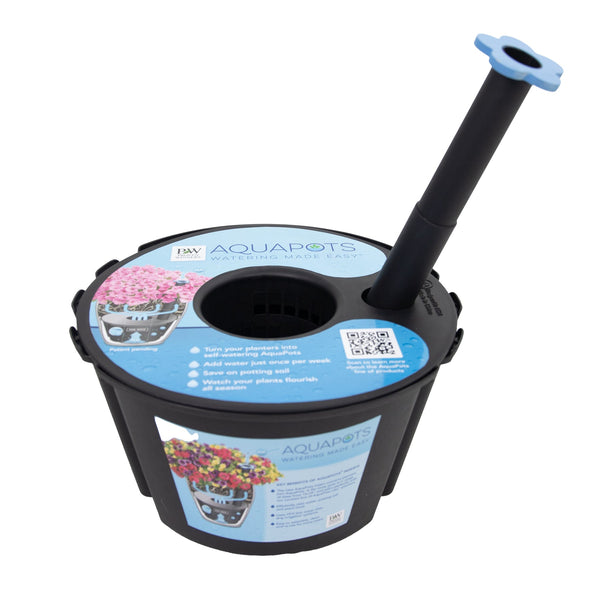FIRE LIGHT TIDBIT® Panicle Hydrangea
Proven Winners is constantly working to refine and improve their offerings for the North American garden and to the nursery industry in using the best in new plant and production materials.

Features
Characteristics
Plant Needs
If you thought you didn't have enough space to grow a beautiful, reliable panicle hydrangea, Fire Light Tidbit® hydrangea is here to help! This innovative new development is the tiniest, tidiest panicle hydrangea yet: it reaches just 2-3'/.6-.9m tall and wide, yet it packs in tons of easy-care beauty into its small size. Big, lush panicles of white mophead flowers appear in early-mid summer, nearly obscuring the textured green foliage. As the summer progresses, they begin to develop bright pink and red tones, which keep it colorful right on up to the first frost, especially combined with its colorful autumn foliage, an unusual trait in panicle hydrangeas. Thick, sturdy stems help to create a neat, mounded plant that's fantastic in landscapes, flower gardens, even in containers!
Top reasons to choose Fire Light Tidbit hydrangea for your garden or landscape:
- The smallest panicle hydrangea ever - just 2-3'/.6-.9m tall
- Powerful blooming ability, with dozens of full mophead flowers on strong stems
- Flowers go from white to rich, saturated tones of pink and red as they age

Characteristics
Plant Needs
If you thought you didn't have enough space to grow a beautiful, reliable panicle hydrangea, Fire Light Tidbit® hydrangea is here to help! This innovative new development is the tiniest, tidiest panicle hydrangea yet: it reaches just 2-3'/.6-.9m tall and wide, yet it packs in tons of easy-care beauty into its small size. Big, lush panicles of white mophead flowers appear in early-mid summer, nearly obscuring the textured green foliage. As the summer progresses, they begin to develop bright pink and red tones, which keep it colorful right on up to the first frost, especially combined with its colorful autumn foliage, an unusual trait in panicle hydrangeas. Thick, sturdy stems help to create a neat, mounded plant that's fantastic in landscapes, flower gardens, even in containers!
Top reasons to choose Fire Light Tidbit hydrangea for your garden or landscape:
- The smallest panicle hydrangea ever - just 2-3'/.6-.9m tall
- Powerful blooming ability, with dozens of full mophead flowers on strong stems
- Flowers go from white to rich, saturated tones of pink and red as they age

